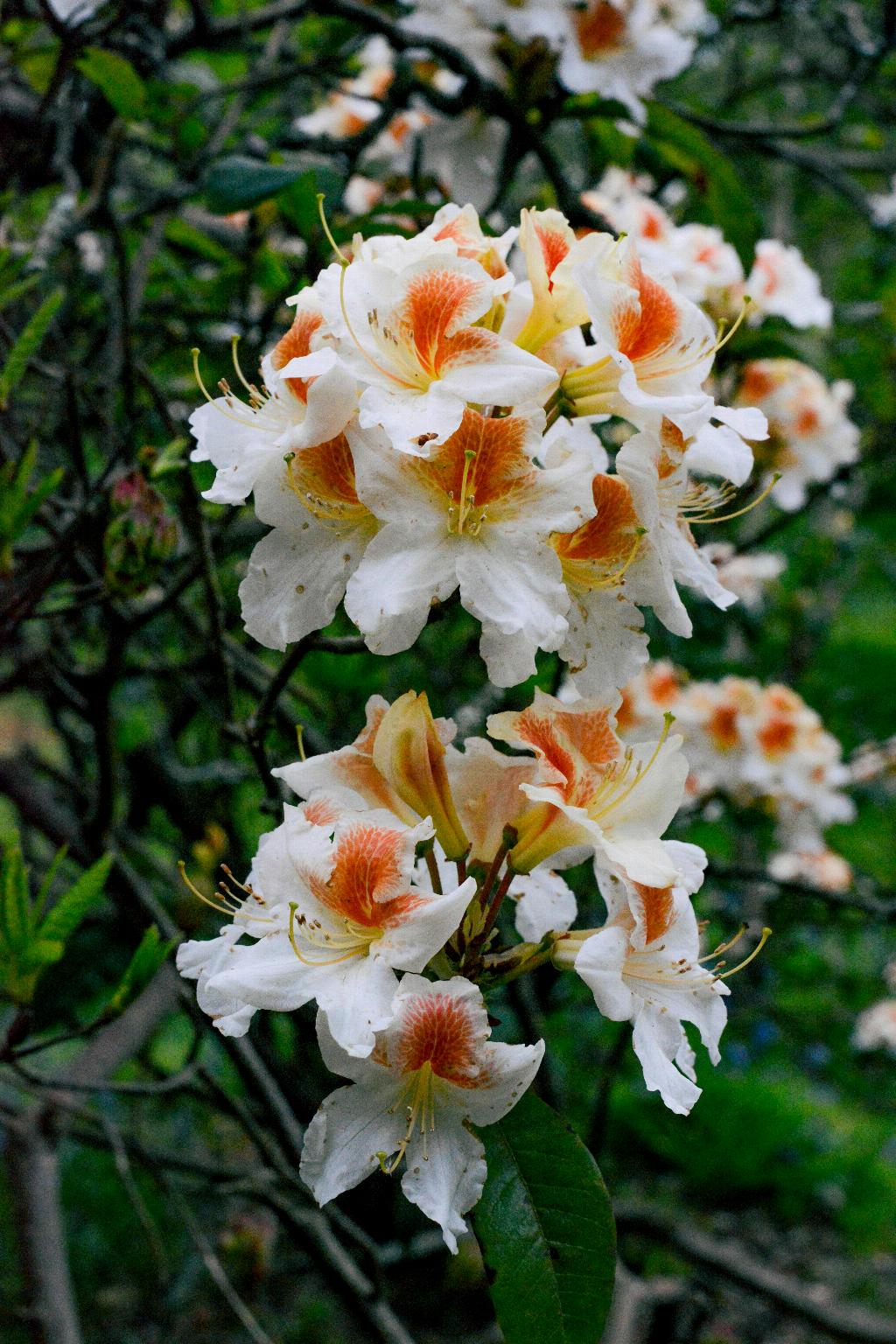Azaleas are beautiful flowering plants that require proper care to thrive and bloom magnificently. Caring for an azalea plant involves understanding its specific needs and providing the right environment for optimal growth. In this article, we will delve into the essential aspects of maintaining healthy azaleas, from planting and watering to sunlight exposure, fertilization, pruning, pest control, winter care, and more. By following these comprehensive care tips, you can enjoy vibrant azalea blooms year after year.
Understanding Azaleas
Azaleas belong to the Rhododendron genus and come in various types and varieties, each with its unique characteristics. These evergreen or deciduous shrubs are prized for their stunning flowers that range in color from white and pink to red and purple. When selecting azaleas for your garden, consider factors such as bloom time, growth habit, and preferred sunlight exposure to choose the right variety for your landscape.
Planting Azaleas
Proper planting is crucial for the long-term health of azaleas. Choose a well-draining location with partial shade, as azaleas prefer dappled sunlight to thrive. Ensure that the soil is acidic, loose, and rich in organic matter to promote healthy root development. Plant your azaleas at the same depth as they were in the nursery container, and water them thoroughly after planting to help them establish in their new environment.
Watering and Moisture
Azaleas require consistent moisture to keep their roots healthy and thriving. Water your azaleas regularly, especially during dry periods, making sure not to overwater or let the soil become waterlogged. To maintain proper moisture levels, consider mulching around the base of the plant to retain soil moisture and suppress weed growth. Avoid overhead watering, as it can lead to fungal diseases and damage the delicate flowers and foliage of azaleas.
Sunlight and Location
Azaleas prefer filtered sunlight or partial shade, making them ideal for planting under trees or in areas with dappled sunlight. Too much direct sunlight can scorch the leaves, while inadequate light can result in fewer blooms. When choosing a location for your azaleas, consider the exposure to morning sun and afternoon shade to provide the perfect balance of light for healthy growth and abundant flowering.
Fertilizing and Nutrients
Fertilizing azaleas is essential to provide them with the necessary nutrients for vigorous growth and prolific blooming. Use a balanced fertilizer formulated for acid-loving plants, applying it according to the recommended schedule in early spring and late summer. Avoid over-fertilizing, as this can harm the plant and lead to nutrient imbalances. Regular fertilization will ensure that your azaleas remain healthy and vibrant throughout the growing season.
Pruning and Maintenance
Pruning is an important aspect of azalea care to maintain their shape, encourage new growth, and remove dead or diseased branches. Prune your azaleas immediately after flowering to prevent cutting off next year’s flower buds. Remove any crossed or crowded branches to improve air circulation and prevent pest infestations. Regular maintenance, including deadheading spent blooms and inspecting your azaleas for signs of disease or pests, will help keep your plants in top condition.
Common Azalea Pests and Diseases
Azaleas are susceptible to various pests and diseases, including lace bugs, spider mites, powdery mildew, and root rot. Regularly inspect your azaleas for signs of infestation or disease, such as yellowing leaves, stunted growth, or wilting foliage. Implement preventive measures, such as removing affected plant parts, applying neem oil or insecticidal soap, and maintaining proper air circulation to prevent common azalea problems.
Winter Care
During the winter months, azaleas may need extra care to protect them from frost and cold temperatures. Consider providing mulch around the base of the plant to insulate the roots and regulate soil temperature. Water your azaleas sparingly during the winter, as they may be dormant and less actively growing. If frost is predicted, cover your azaleas with frost cloth or burlap to shield them from extreme cold and prevent damage to the delicate flowers and buds.
Conclusion
Caring for an azalea plant requires attention to detail and an understanding of its specific needs. By following the tips outlined in this article, you can ensure that your azaleas remain healthy, vibrant, and blooming beautifully year after year. From proper planting and watering to fertilizing, pruning, pest control, and winter care, each aspect of azalea maintenance plays a crucial role in the overall health and beauty of these beloved flowering shrubs. Incorporate these care practices into your gardening routine to enjoy a stunning display of azalea blooms in your landscape.

